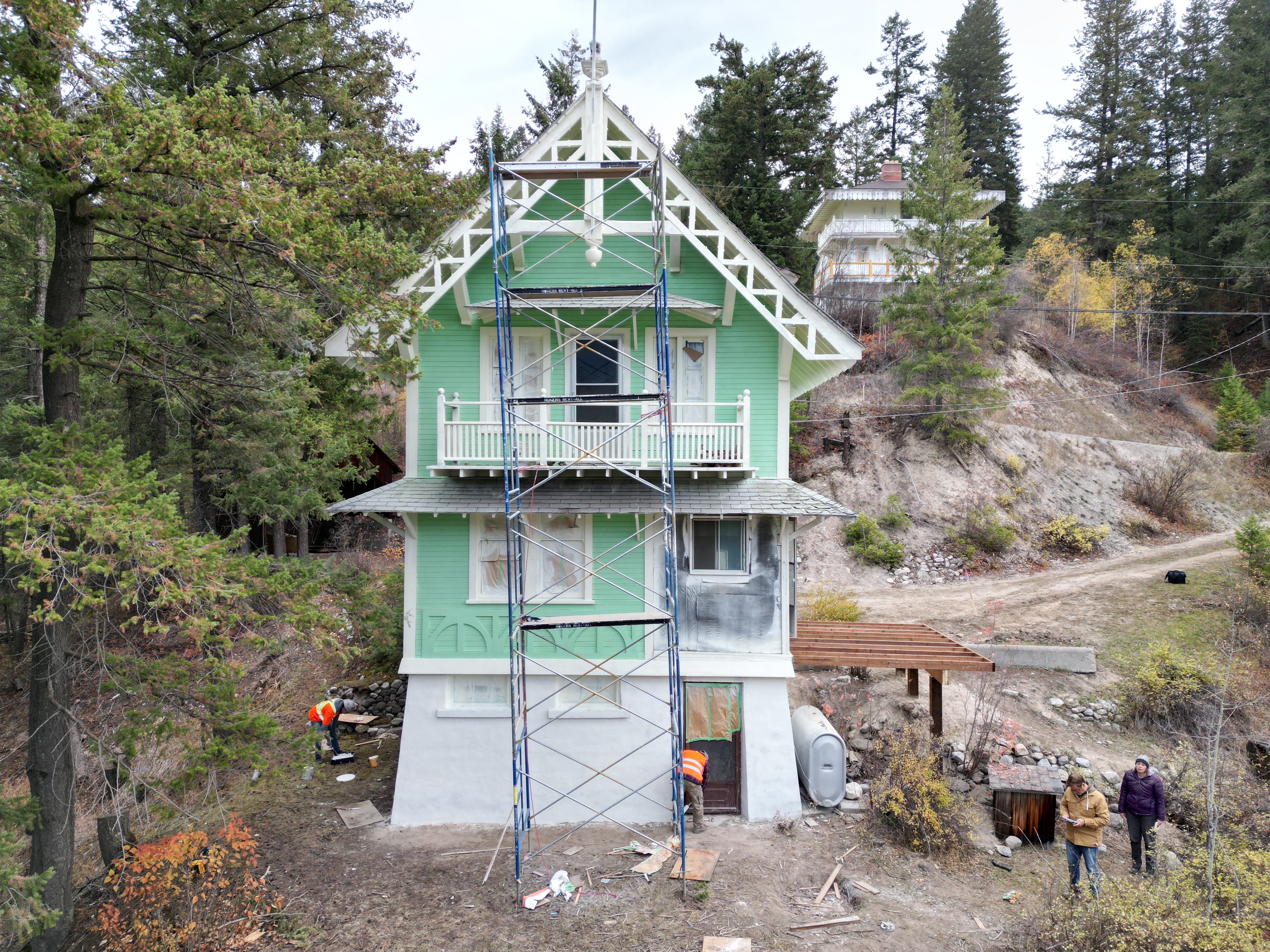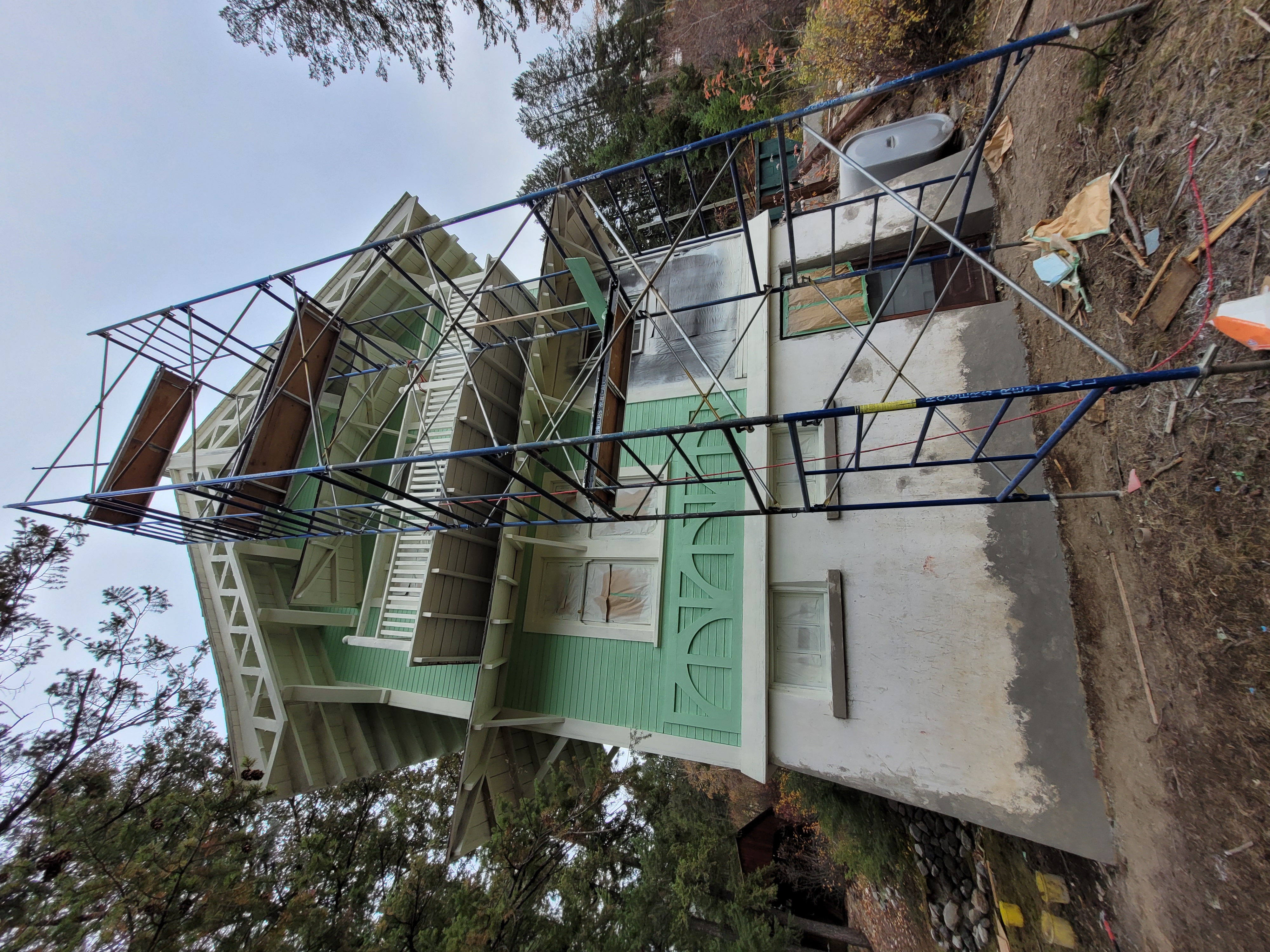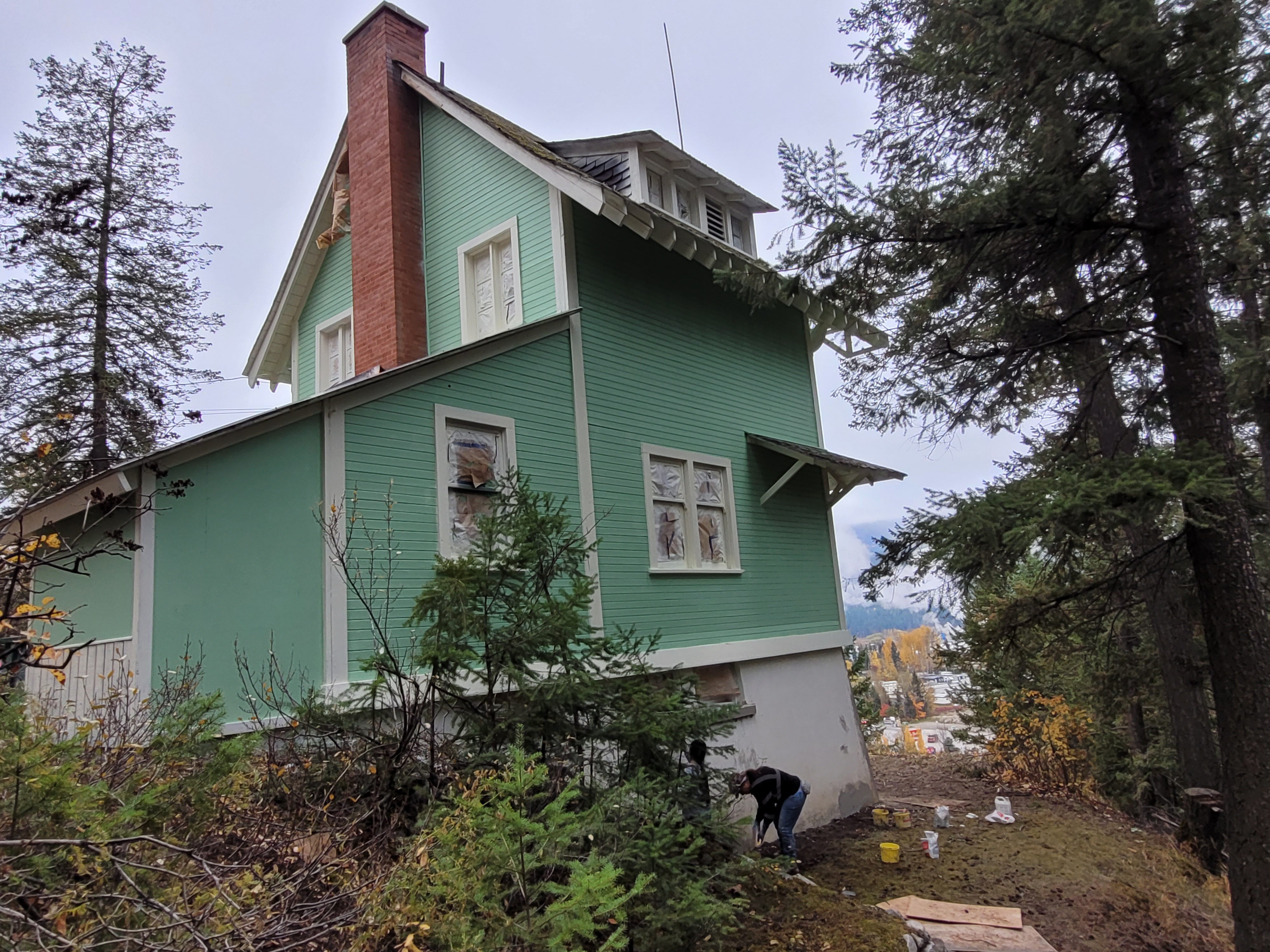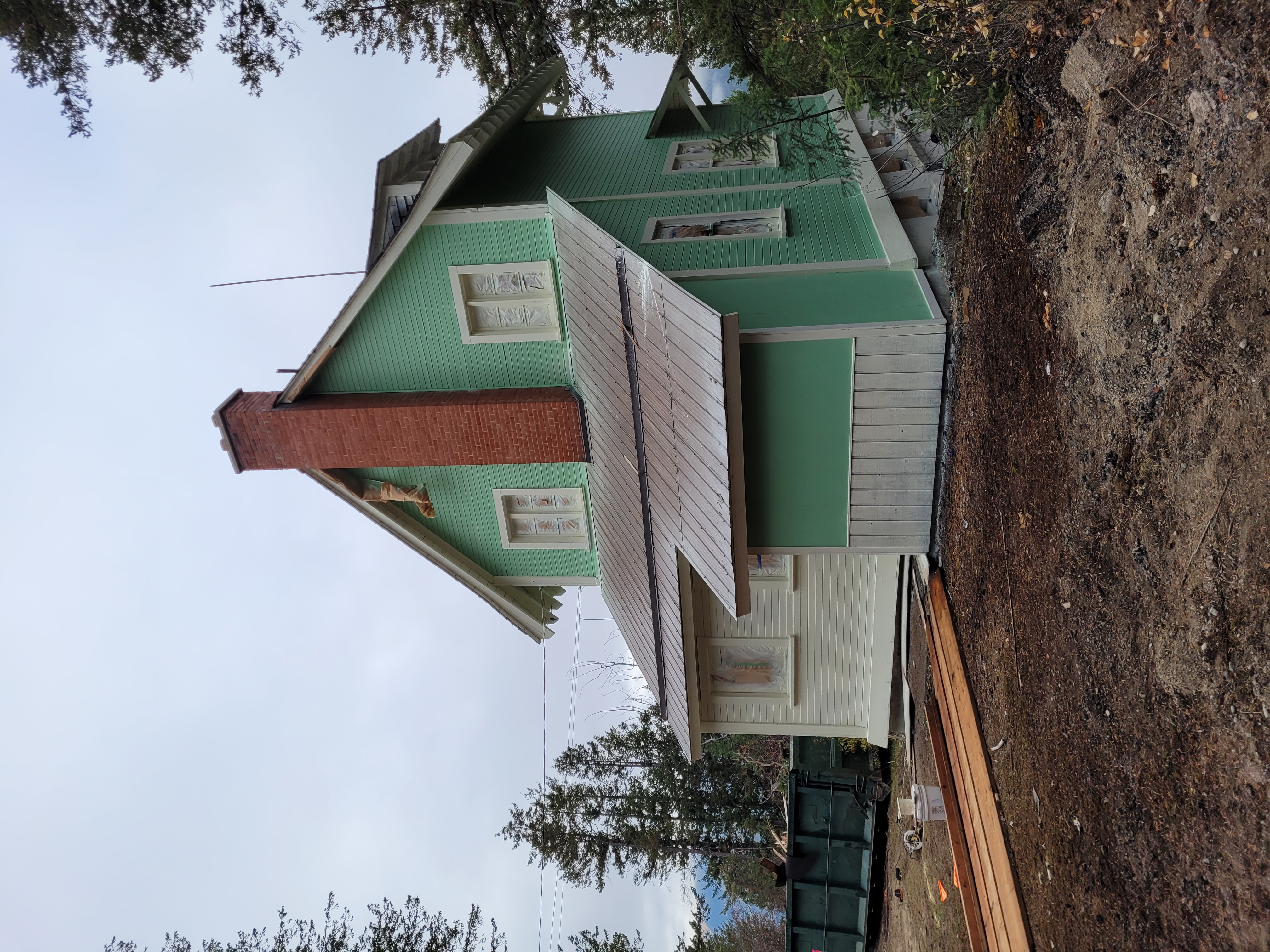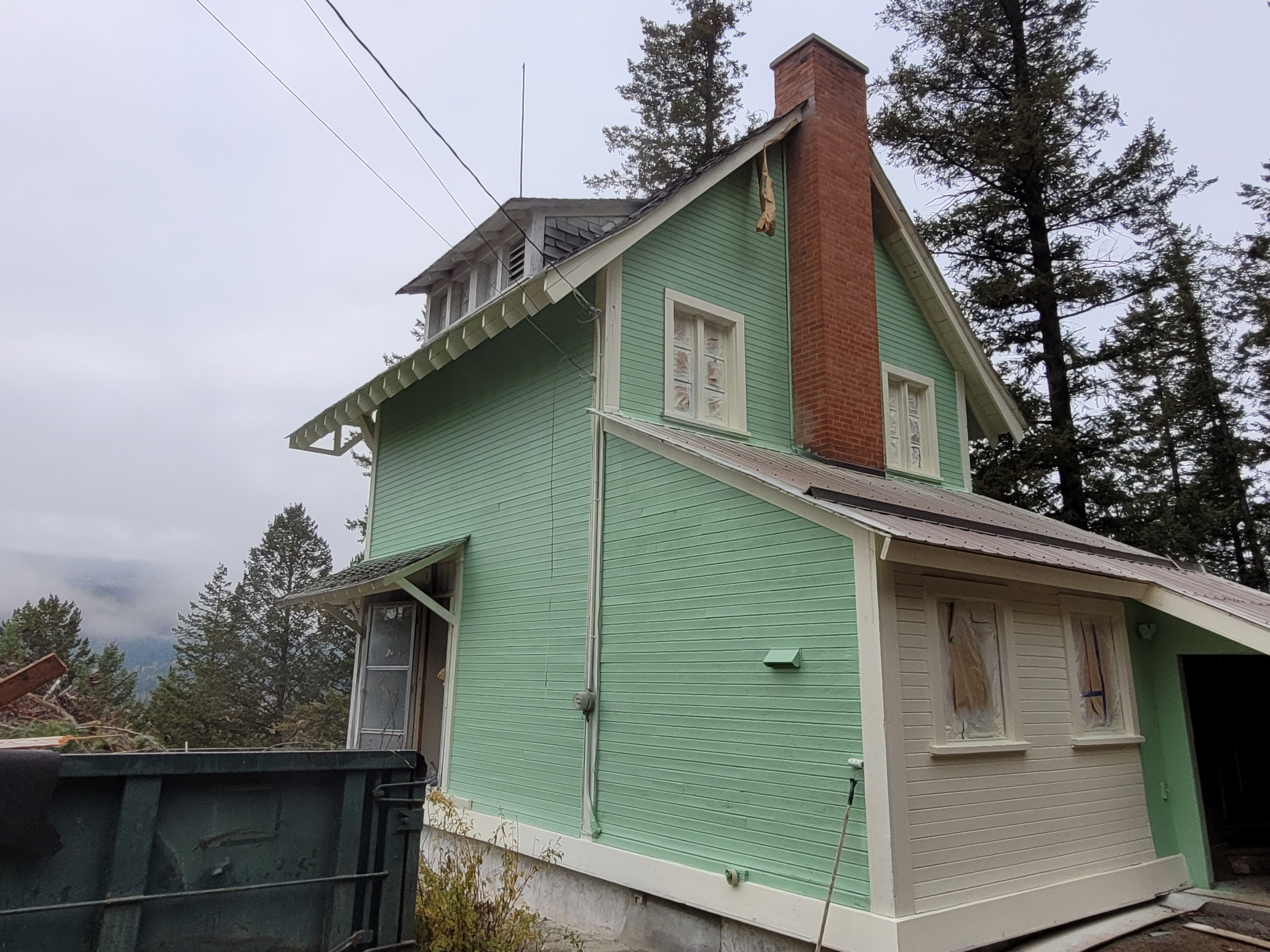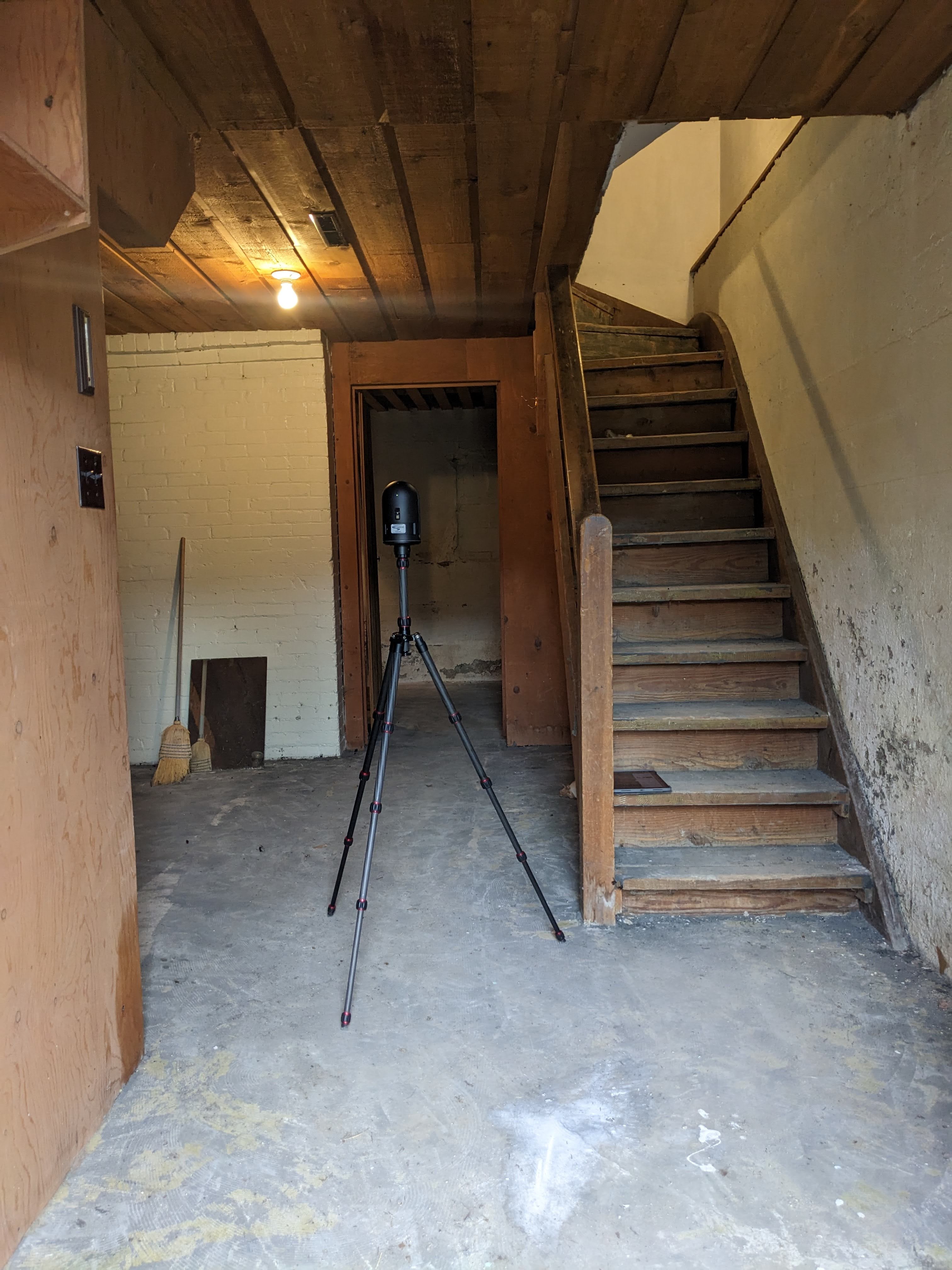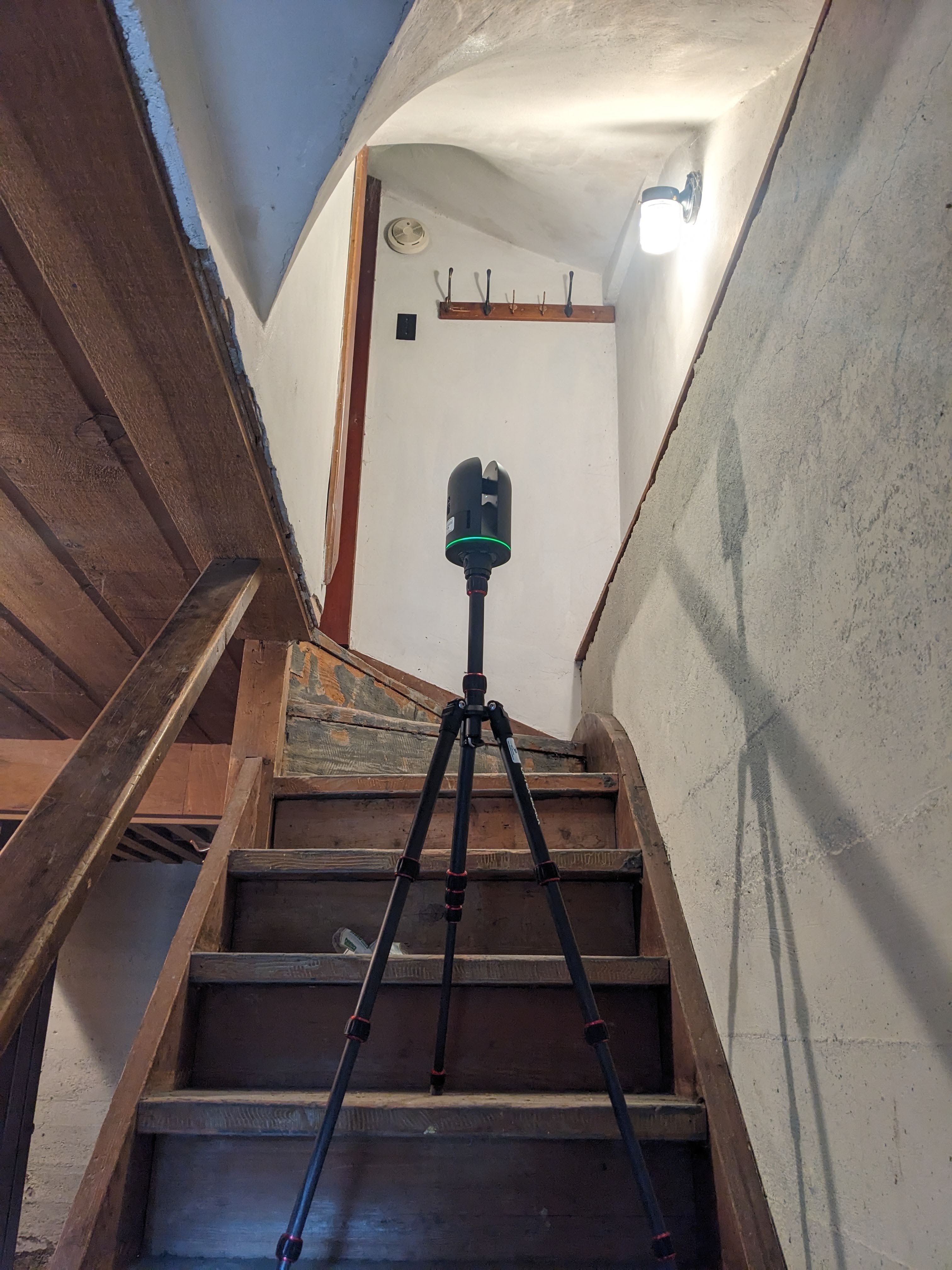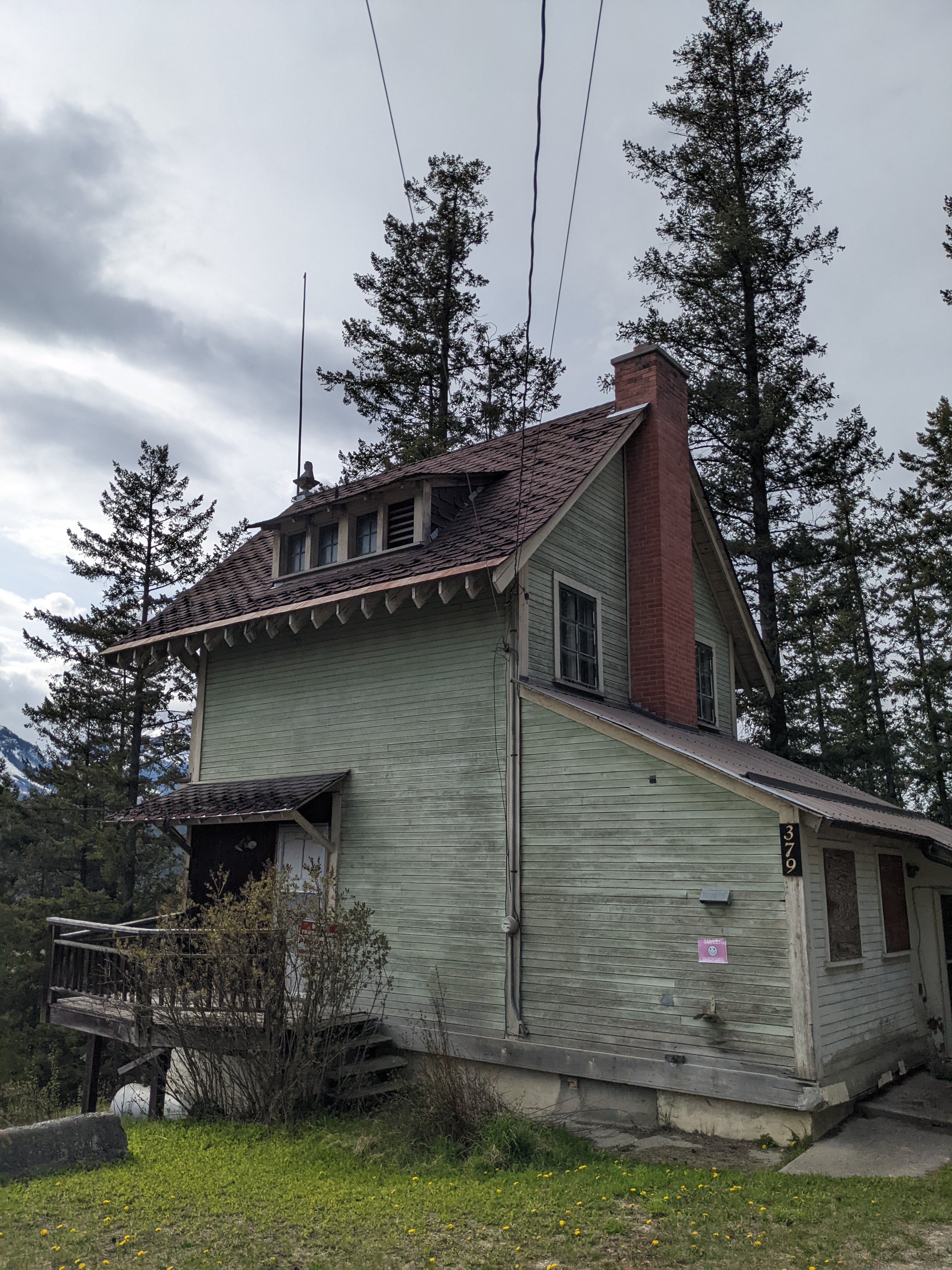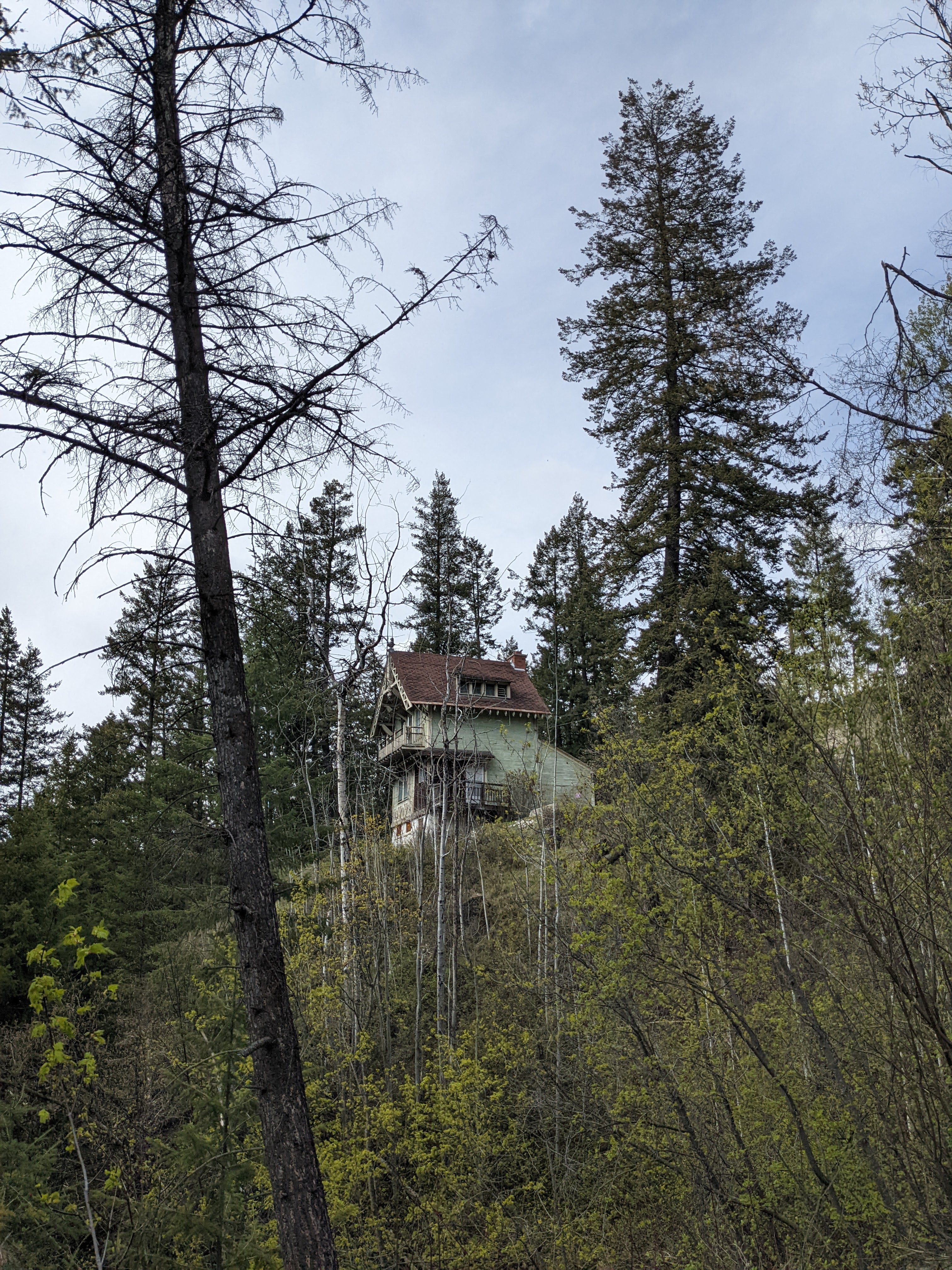
The Swiss Edelweiss Village is comprised of six chalets built between 1910-1912 by the CPR as permeant homes for six CPR-employed Swiss mountain guides. The residents included the brothers Edward Jr., Ernst and Walter Feuz, Christian Haesler Jr., Rudolf Aemmer and Christian Bohren with their families. This chalet was rented to Ernst Feuz and his family, but you can learn more about the history of the Swiss mountain guides the other chalets by exploring all of the Swiss Edelweiss Village pages.
Swiss Guides in the Winter
In the summer, Swiss guides were widely employed through their mountaineering work and the booming tourist industry [1]. Climbing was not yet climbing in the winter though so this was a seasonal endeavour. Guides who stayed in Canada throughout the winter needed work and something to do, so the CPR would hire many of them to work as caretakers on their hotels while they were closed and unoccupied [1].
Some guides could not or chose not to stay in Canada throughout the winter and instead returned home to their wives and families in Switzerland [1]. In addition to being away from home for the length of their job appointment, these guides made the long journey home twice a year. This two week trip first involved travelling to England to catch a steamship at Liverpool, across “all that water” as Edward Fuez would say, to Quebec and then travel four days by rail across Canada to Canmore on the eastern edge of the Rockies [2]. The CPR management gradually became aware of the growing dissatisfaction many had with this arrangement, and came up with the idea to build homes for the guides and their families to live in year-round [1].This is when the idea of the Edelweiss Village began.
Development of the Swiss Village
Even though located on the main rail track, Golden was at this point pretty isolated and could use the attraction of resident Swiss guides.
Drawing on the Swiss theme, the CPR built six of what they anticipated would eventually comprise 20 or more houses with farmland in the valley below and named them Edelweiss Village. The village building contract was awarded to the firm of Hayden & Skene from Calgary, AB. With the architects George S. Rees and James L. Wilson never actually having seen a real Swiss chalet, the final result reflects their loose interpretation of Swiss Alpine-Style houses [3]. The wood and stucco houses feature eclectic decorative elements such as intricate bargeboards, half-timberwork, and ornate balconies.
Spread over a 10-acre hillside north of Golden and facing the Purcell mountains, the village was visible to train passengers as they passed through the community [3]. A large sign announced the site as “CPR Swiss Guides’ Village Edelweiss. In 1912, the six chalets of Edelweiss Village were ready to move into by the Swiss mountain guides and their families. [3]
Continue reading about the Edelweiss Swiss Village.
[Read previous].
Notes
This site is located on the traditional unceded territory of the Ktunaxa and Secwepemc peoples, and the chosen home of the Métis Nation Columbia River Society and other diverse Indigenous people. We acknowledge the many First Nations, Métis and Inuit who have lived in and cared for these lands for generations. We are grateful for the traditional Knowledge Keepers and Elders who are still with us today and those who have gone before us. We make this acknowledgement as an act of reconciliation and gratitude to those whose territory we reside on or are visiting.
This page was written in part by Dr. Ilona Spaar.
[1] Spaar, Ilona. Swiss Guides: Shaping Mountain Culture in Western Canada. The Consulate General of Switzerland Vancouver, Initial Print & Copy Center, Vancouver BC.
[2] DL Stephen. Eduard Feuz: A Story of Enchantment. RMB | Rocky Mountain Books, Calary, AB.
[3] Spaar, Ilona 2022, Conversation with Brittany Newman & Colleen Palumbo, Golden Museum and Archives.
[4] Spaar, Ilona, personal communications.


